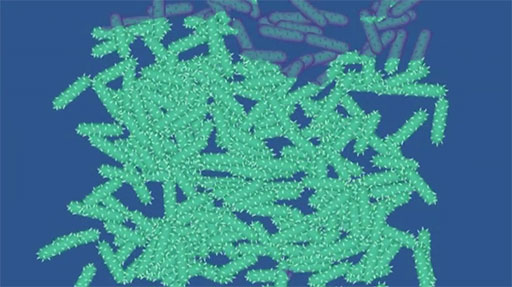2.3 Lessons from Earth
Life on Earth started about 3.5 billion years ago. Think about how many species live on Earth today and how great is their variety.
To understand what life forms might be on Mars and on some of the moons of the Solar System, we need to focus on the earliest forms of life known on Earth – the very primitive forms. Archaea, for example, are very simple organisms that reproduce by cell division and can undergo evolution by changes in their genetic information. Being simple gives them a great advantage: they can be found in the most extreme environments, those that are hostile to more evolved forms of life. (The Life Marker Chip, mentioned near the end of the video, will no longer be included on the ExoMars Rover.)

Transcript
See also: Tree of life - Interactive. [Tip: hold Ctrl and click a link to open it in a new tab. (Hide tip)] Take a moment to look at the first steps life took on Earth, represented by the dark green buttons in the interactive Tree of Life.
